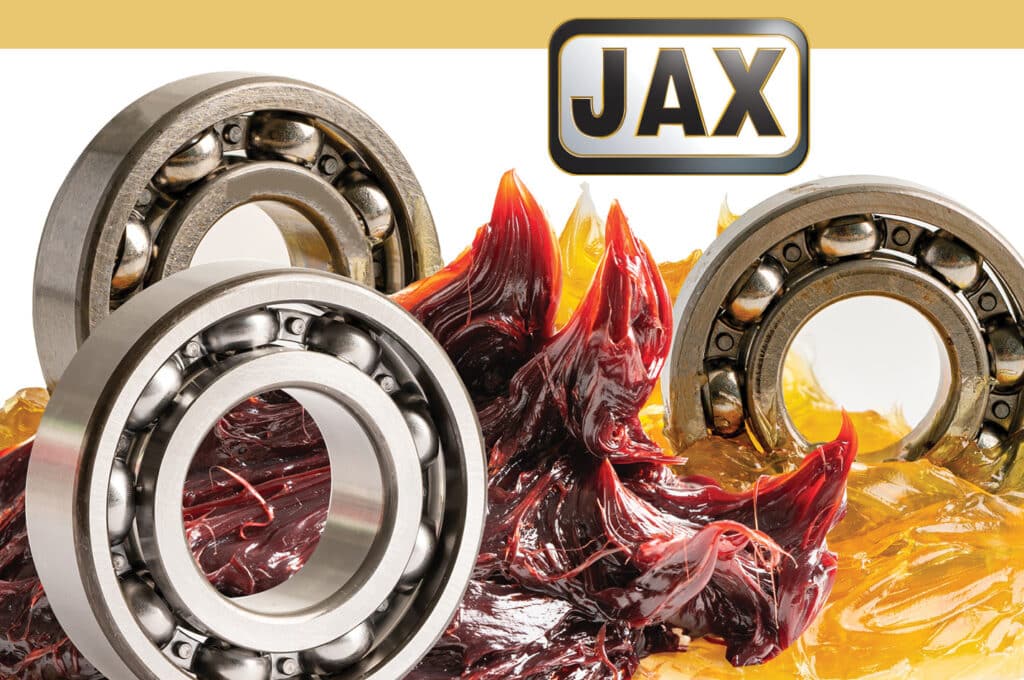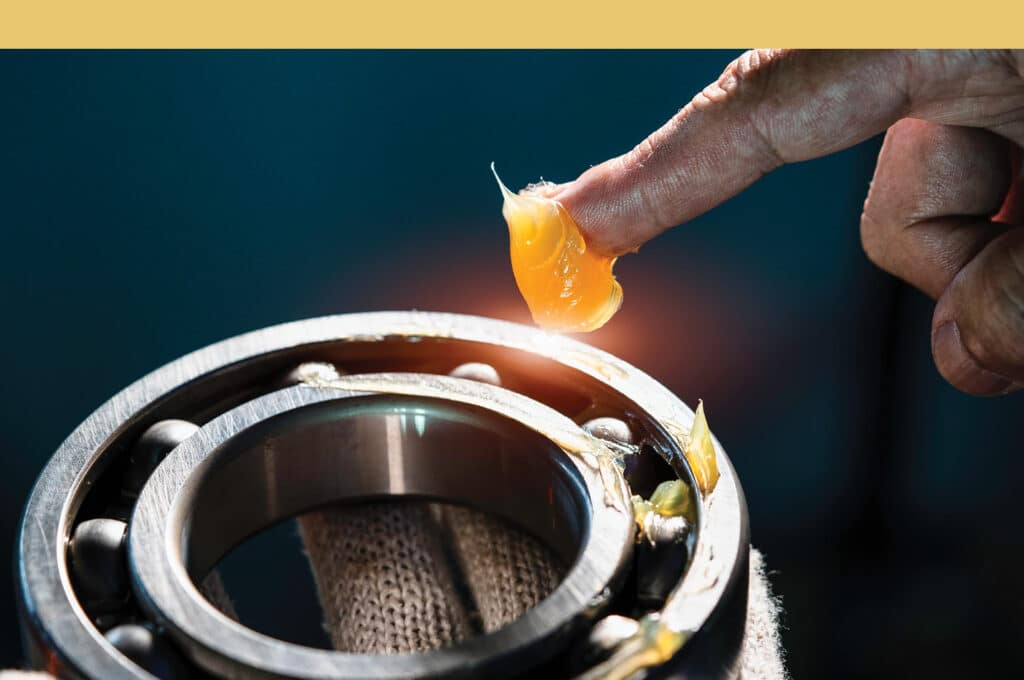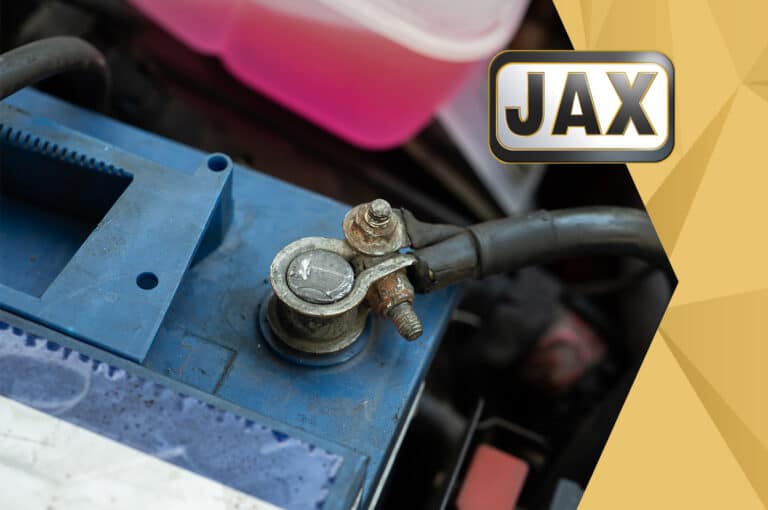Aesthetic Appeal and Industry/Brand Association
Color and Purpose Signaling
In some applications, grease may have a color to signify their intended application environment. In high temperature applications, red coloring is often added to serve as a visual signal of their suitability for use with high heat. This red color can provide a clue to users on application intention, with the understanding that there are numerous other red greases in the market with completely different formulations and application intentions.
Color and Industry or Brand
Color is frequently added to greases to enhance their visual appeal and create a connection with specific industries. Blue hues are commonly employed in marine applications, capitalizing on the association between blue and the marine industry. Greases may also be dyed to match the colors of the brand, distinguishing the grease through more than just the label.
Food grade greases take a different approach, often being colorless or nearly so. This intentional lack of color is rooted in the perception of cleanliness and safety associated with clear or “clean” colored substances. Common solid colorants such as zinc oxide or titanium dioxide are added to greases to lighten them to their desired level of white color.
Color for Functionality
While many colors are simply aesthetic, some provide performance benefits for the grease. Great examples are construction/mining greases, often appearing black. These dark greases incorporate graphite and molybdenum disulfide to provide extreme pressure properties, protecting the equipment from seizure.
Grease Color and Product Quality
When a grease color is off or out of specification, it is typically flagged as a quality defect. Greases in application can change color as they age or degrade, often oxidizing and darkening over time. A change of color or darkening of grease in application can indicate an issue. Conversely, the color variation between two of the same unused greases typically does not affect quality or performance of the lubricant.
Conclusion
Color is a multifaceted characteristic in grease, serving both practical and aesthetic purposes. From signaling specific application environments to ensuring the appearance of cleanliness of food-grade products, the choice of color in greases goes beyond mere visual eye-appeal. If you have questions about your JAX greases or a need for specially colored grease in a unique application, contact us below or reach out to your local JAX representative.









